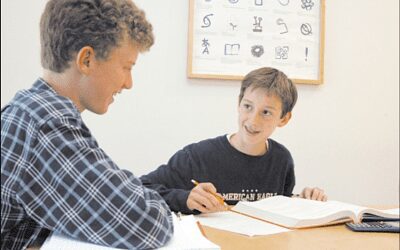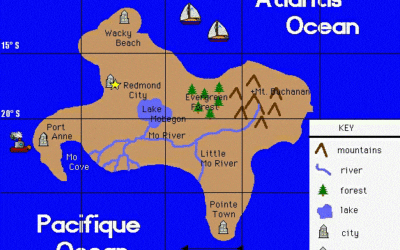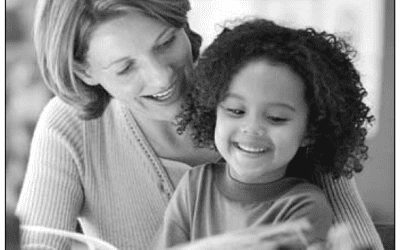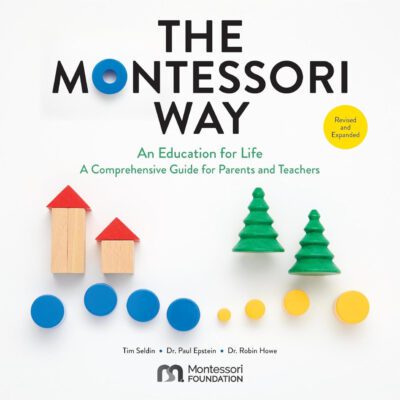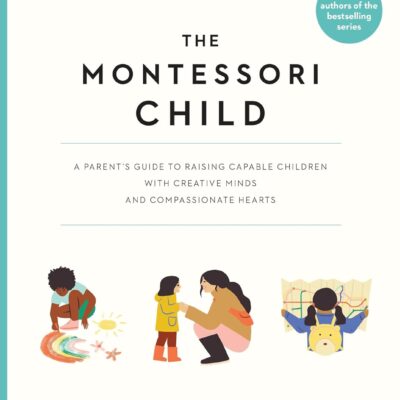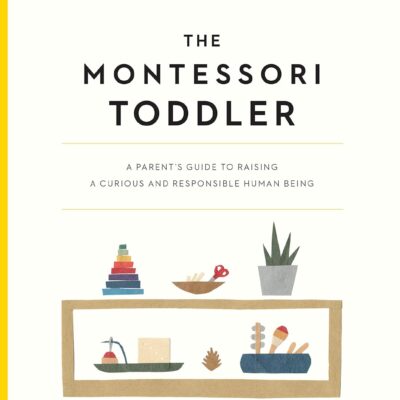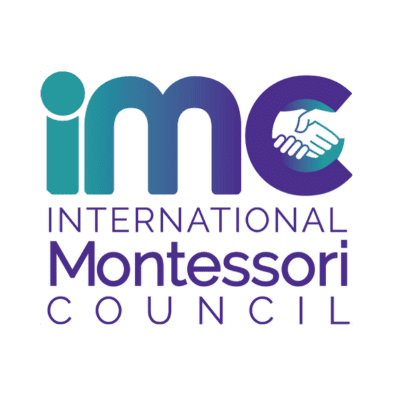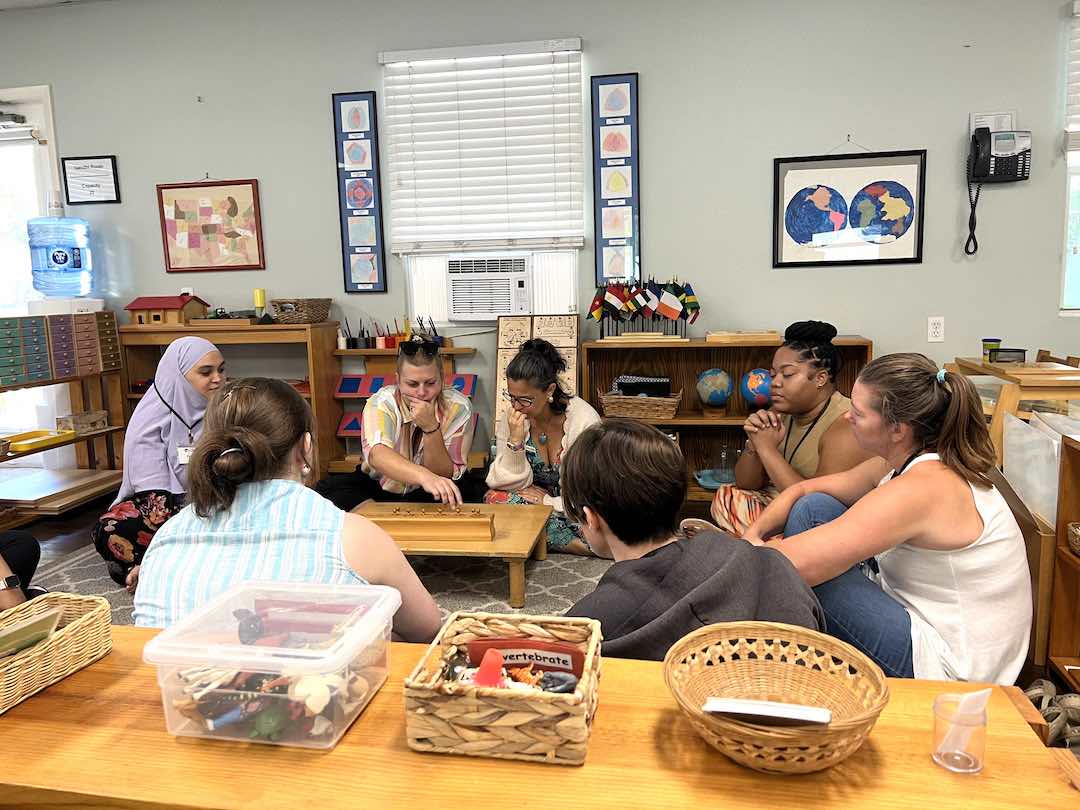
The Intersection of Montessori and Science
In Montessori education, we are continuously testing and refining our understanding. Science is not about believing something because a public figure says it; it is about seeking reliable information. The same principle applies to education—our approach must be guided by observation, adaptation, and evidence-based methods.
One significant challenge in many Montessori schools today, especially in public settings, is that students are not entering at the optimal age. Montessori education is most effective when children begin at age three. If a child enters at four or five, they have already missed critical developmental time. While they may eventually catch up, their experience will not be the same as that of a child who had the full early childhood Montessori experience. If we seek the best outcomes associated with Montessori, we must adhere as closely as possible to the principles and methods that made it successful.
Maria Montessori herself evolved her methods over time. For example, in her early writings, she suggested young children needed sugar—a belief we now understand differently. It is essential to contextualize her work historically while maintaining fidelity to her core principles.
Integrating Late-Entry Students into Montessori
In public Montessori schools, it is common for students to join at later grade levels, such as second or third grade, without prior Montessori experience. This presents challenges, but they are not insurmountable. The key is diagnostic, prescriptive teaching—analyzing what the child knows, identifying gaps, and meeting them where they are. We celebrate what they already understand to build confidence and create a safe, supportive environment for learning.
A crucial goal is to prevent children from feeling embarrassed or insecure about their knowledge gaps. Fear and shame are barriers to learning. When children feel safe, valued, and free from ridicule, they are more likely to engage with and absorb new material. Emotional safety is not just an educational priority—it is a foundation for overall well-being. Many school shootings, for example, stem from a lack of emotional security. The more we create emotionally safe schools, the more physically safe schools.
Understanding the Montessori Curriculum
For Montessori-trained educators, the curriculum is often thought of in terms of the albums used for training. However, in public school settings, the curriculum is defined by state standards. Montessori is a European-derived educational approach, which is why its math sequence differs from the typical American sequence. In Montessori, fractions are introduced around age five, whereas many public schools do not introduce them until third or fifth grade.
Montessori education is a tool—one that must be adapted within various educational frameworks. The materials themselves are beautifully designed, but they are not magical. Simply having them in a classroom does not ensure learning. The effectiveness of Montessori education depends on how we use these tools to support individual students.
Historically, Montessori teachers relied on handwritten records to track student progress. While these methods worked, they were not always reliable. In the private sector, some schools have faced lawsuits for failing to document student progress adequately. In public Montessori schools, record-keeping is critical for accountability and ensuring students are meeting benchmarks.
A common issue in Montessori is that students may appear to understand a concept but later struggle with it. For example, a child may demonstrate mastery of long division using Montessori materials but forget how to apply it months later. This is what we call “orbital velocity” in learning—students must reach a point where their knowledge is deeply ingrained rather than temporarily memorized. Authentic learning is a permanent change in the learner.
The Role of Assessment and Curriculum Planning
Montessori education emphasizes hands-on, experiential learning, but it is essential to have a structured way of assessing progress. The Montessori Foundation provides a detailed scope and sequence that outlines learning objectives across different age levels. Teachers must continually assess whether students have mastered concepts and ensure they retain knowledge over time.
In traditional education, scaffolding is used to build upon prior knowledge systematically. In Montessori, learning is more fluid, with constant cycles of reinforcement. Teachers must ask themselves: Is this lesson essential for the child’s progression? Some skills, such as handwriting, may be deprioritized in certain districts, yet they remain vital in others. It is up to the educator to determine what is necessary and how to adapt within their given framework.
Ultimately, Montessori education is a philosophy and a tool. It requires educators to be adaptable, observant, and deeply committed to guiding each child toward meaningful learning. By fostering a culture of curiosity, respect, and perseverance, we empower students to reach their full potential.
Looking Ahead
Montessori educators must navigate the complexities of curriculum adaptation, student integration, and record-keeping while maintaining the integrity of Montessori principles. As we move forward, it is essential to continue refining our methods, supporting teachers, and ensuring that all students—regardless of when they enter Montessori—receive the best possible education.
Education is an evolving journey. Whether in public or private Montessori settings, our goal remains the same: to provide children with the tools, confidence, and knowledge they need to succeed in an ever-changing world.

